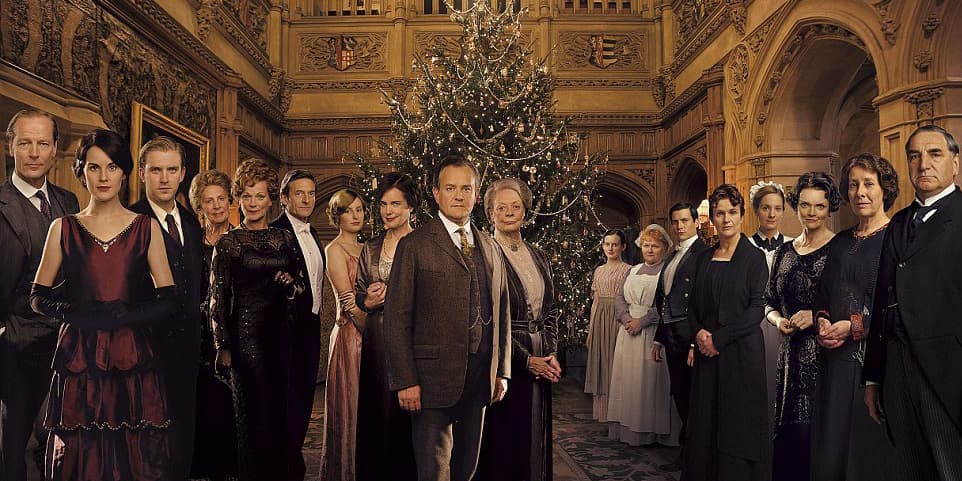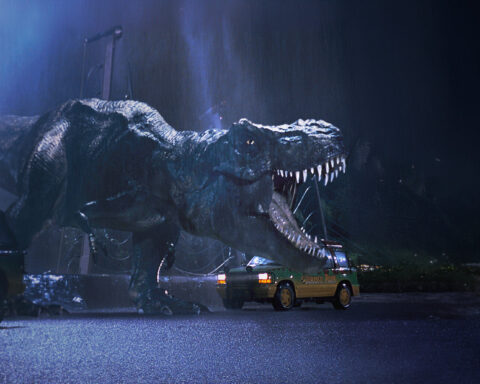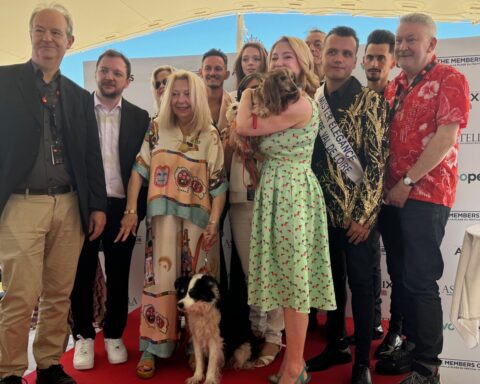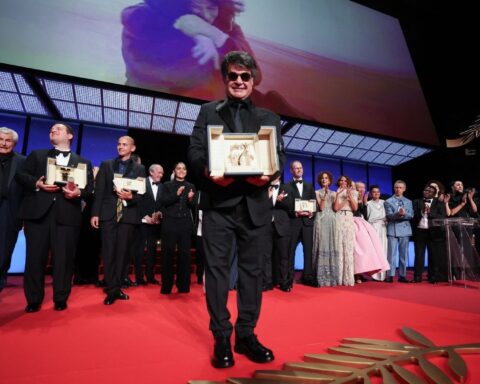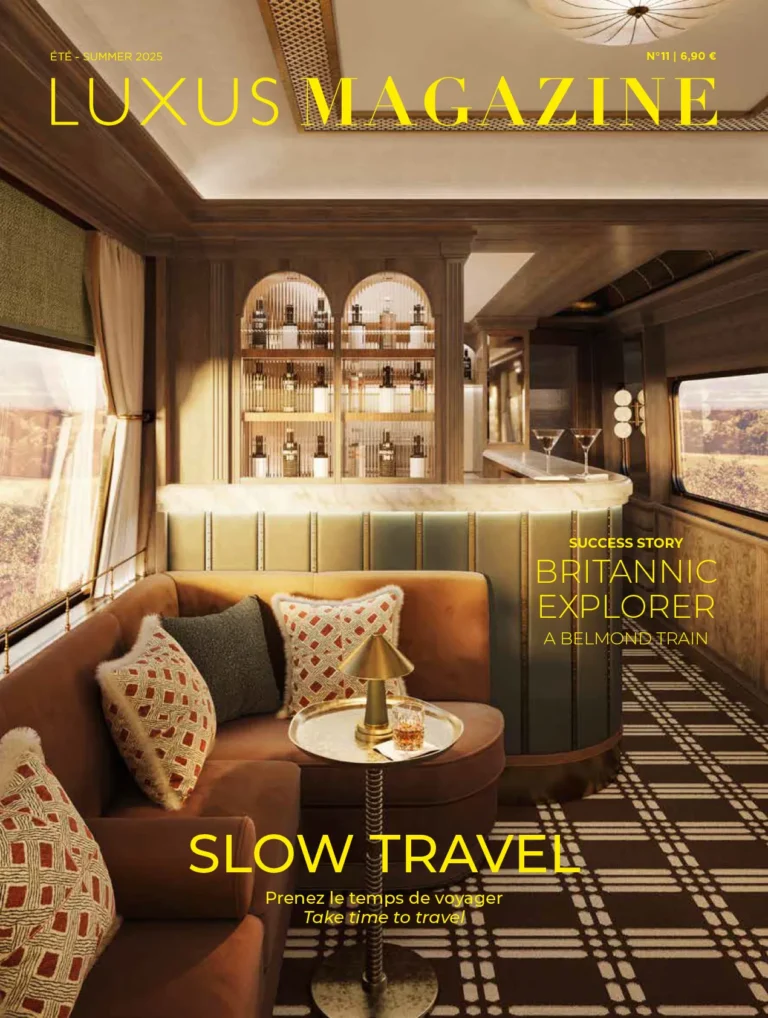A fictional witness of an evolving English society, Downton Abbey galvanizes the world audience through its double reading: the aristocratic life of the Crawley family and that of their servants officiating in a sumptuous estate in Yorkshire. We observe the significant events of the beginning of the last century and their impact on each of these social classes, but also a setting and costumes from another era, part of which is sold at auction.
Broadcast for the first time in 2010 and for five years, the series created by Julian Fellowes spans six seasons. Downton Abbey is located at the beginning of the 20th century with a first episode marked by the sinking of the Titanic in 1912. Followed three films in 2019, 2022, and on September 12, 2025, which concludes the saga.
The Crawleys and the servants
The series follows the life of the aristocratic Crawley family and their servants in the sumptuous fictional estate of Downton Abbey, located in English Yorkshire. The household is run by Robert Crawley (Hugh Bonneville), Earl of Grantham, and his American wife Cora (Elizabeth McGovern), a wealthy heiress. The couple has three daughters: Lady Mary Crawley (Michelle Dockery), Lady Edith Crawley (Laura Carmichael) and Lady Sybil Crawley (Jessica Brown Findlay), all with different personalities and visions of the modern world. The Dowager Countess of Grantham, Violet Crawley – Robert’s mother – is a prominent figure in the series, adored by viewers for her sharp humor and perfectly embodied by Maggie Smith, who died one year ago.

On a daily basis, the family is accompanied by their servants, among butlers, maids, cooks and valets. Everyone has their own stories, ambitions and secrets. Among the most important are Carson (Jim Carter), the butler who is attached to tradition and steadfast in all circumstances; Mrs Hughes (Phyllis Logan), the housekeeper; Bates (Brendan Coyle), the count’s personal valet; Anna (Joanne Froggatt), Lady Mary’s maid; Thomas Barrow (Rob James-Collier), the maître d’hotel; O’Brien (Siobhan Finneran), the senior maid; or Mrs Patmore (Lesley Nicol) and Daisy (Sophie McShera), the cooks.
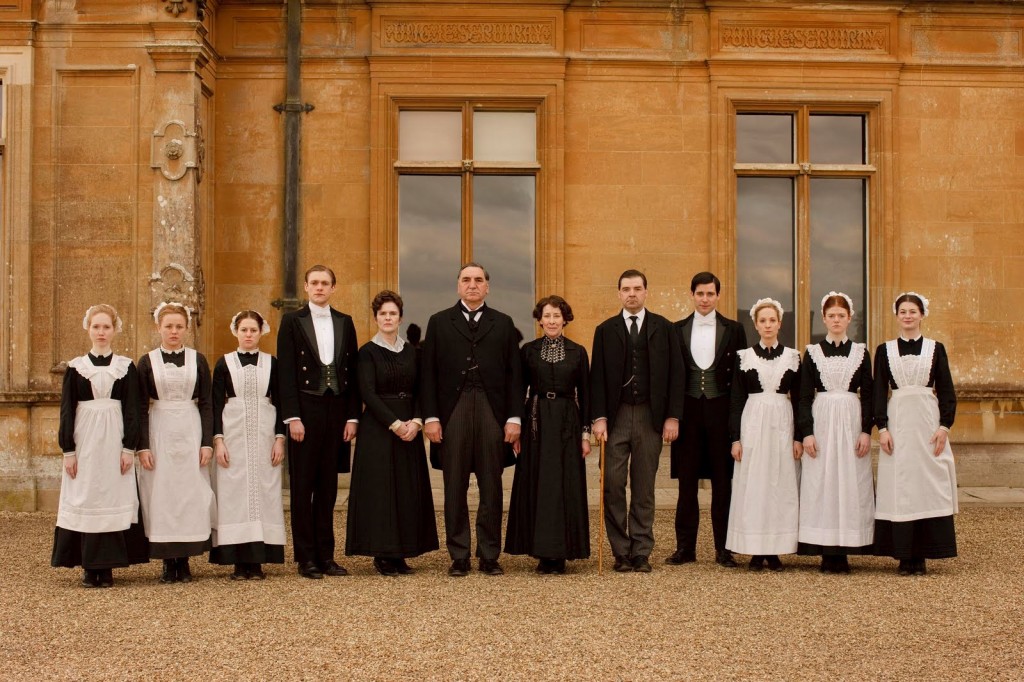
Relations between social classes and historical events
Two social classes are united under the same roof, at a time when relations between aristocrats and servants and traditions begin to vacillate. Downton Abbey observes how everyone faces societal changes, progressive evolution and morals still very conservative. It is also the major historical events that carry the series, between the sinking of the Titanic, World War I, Spanish flu, economic crisis, women’s rights and technology – sometimes leading to silly scenes. So many elements plunging us into an era that seems distant and yet, dates back only a century…
The seasons have thus touched hundreds of millions of viewers around the world, with enormous success in the United Kingdom and the United States, but also in China. Downton Abbey has established itself as one of the most watched British series of all time, confirming its status as a cultural phenomenon. Same story for films. The first opus generated 195 million dollars at the global box office and the second 93 million dollars. The third and final film, Downton Abbey: The Grand Finale, has been in theaters since September 10 and takes the characters to the turning point of history: the 1930s.
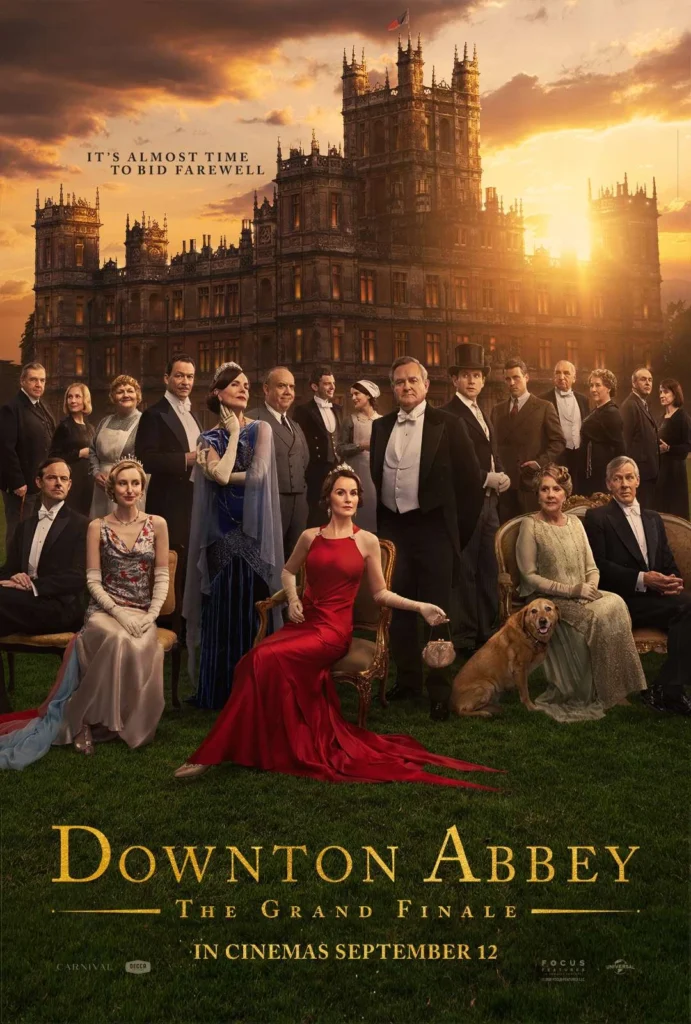
Sumptuous sets and costumes
One of the major strengths of Downton Abbey lies in its sumptuous sets and impeccable costumes, which immediately transport the viewer into the aristocratic England of the early 20th century. Already by its estate, which is none other than the castle of Highclere Castle in Hampshire, of neo-gothic style and built in the 19th century. Inside, the luxurious decor is dressed with period furniture, tapestries and works of art. The servants’ spaces could not be more modest, contrasting with the prestige of the Crawley’s lounges, library and dining room and reflecting strict social hierarchies.
To perfect this universe, the costumes have been skillfully crafted thanks to the costume manager Susannah Buxton and her team. The silhouettes evolve from 1912 to the early 1930s, and concern male and female characters, and different social classes. Corsets and pleated skirts give way to more modern and fluid dresses in the 1920s, influenced by Art Deco. The embellishments and costumes are more sober during times of difficulty, with military or mourning costumes. The colors and fabrics reflect the age and personality of the protagonists.
A Bonhams auction
These objects and looks are currently at the heart of an auction orchestrated by Bonhams. 267 lots are presented, with an end scheduled for September 16. The wedding dresses and accessories worn by Lady Mary Crawley and Lady Edith Crawley, the avant-garde outfit consisting of a “Harem” trousers by Lady Sybil, the three-piece morning suit by Mr. Carson, the uniforms of the chambermaids, the teal dress with pleated terracotta-colored coat from Countess Cora… A multitude of silhouettes is offered, as well as hats and gloves.
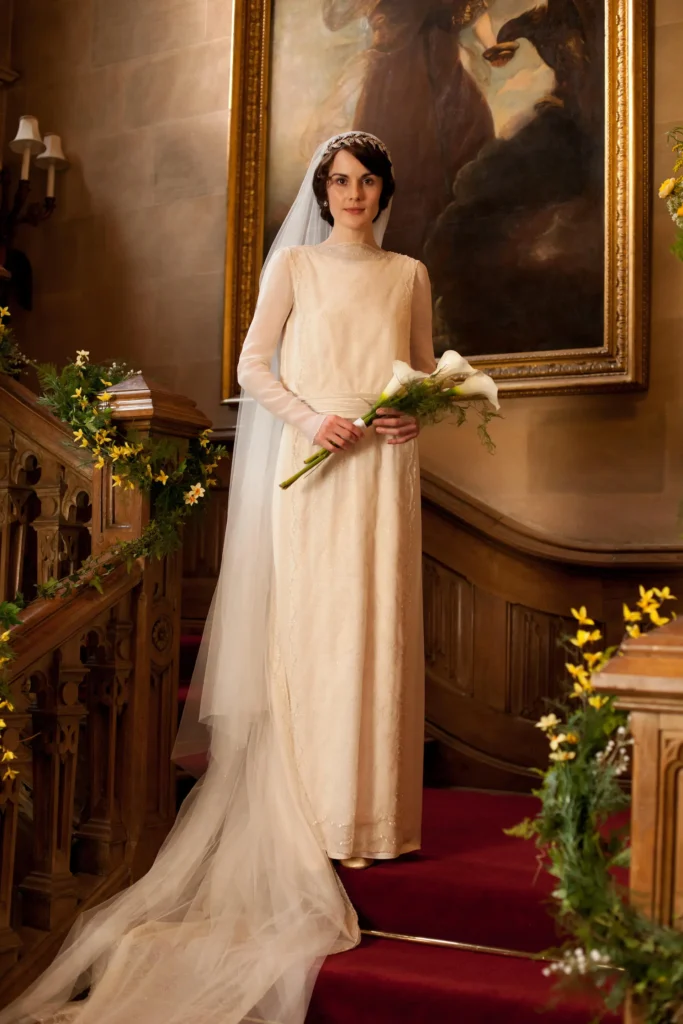
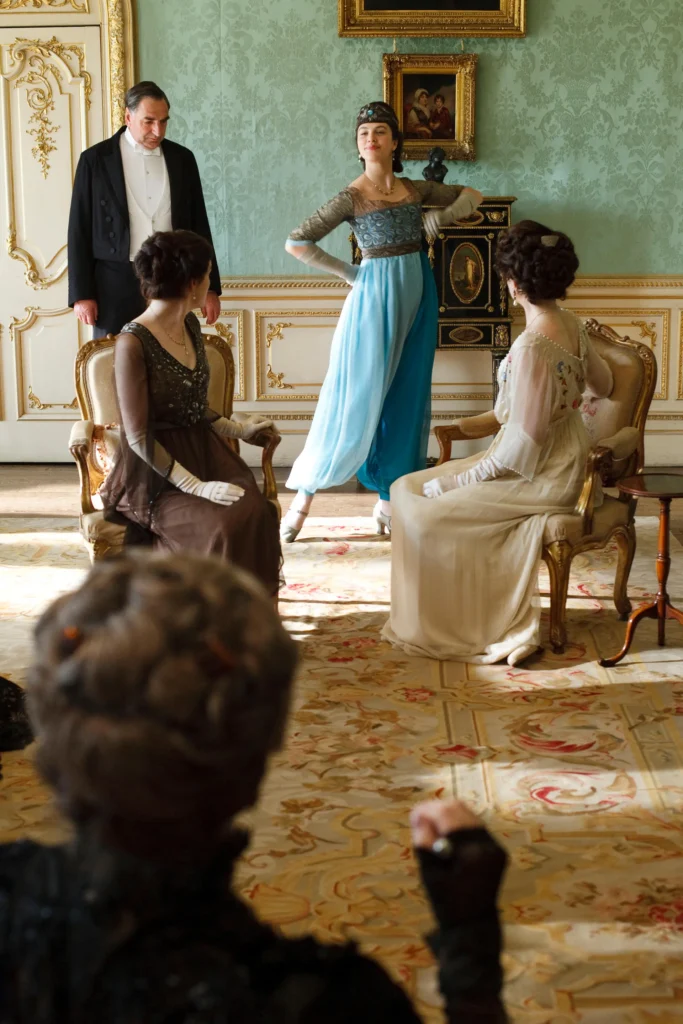
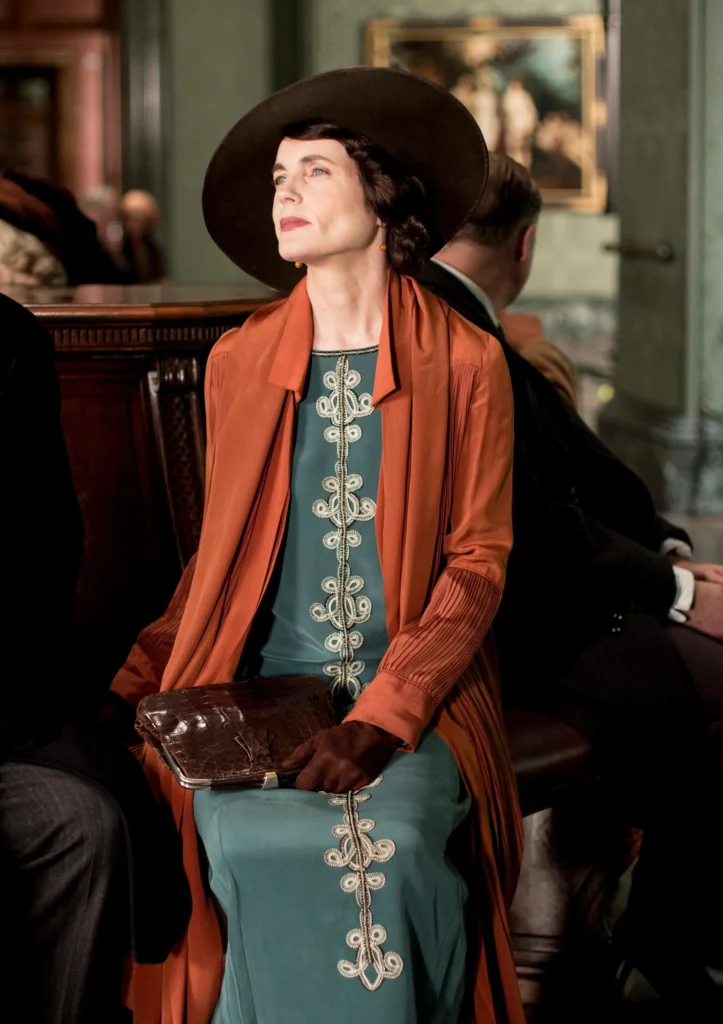
Bonhams also highlights furniture from Downton Abbey, such as a 1925 car, a George III-style oak sideboard, the house’s doorbell wall, a selection of kitchen utensils, square linen towels, books, the white metal walking stick mounted on ebony wood by the Dowager Countess Violet Crawley, dishes or even a late Victorian oak and brass dinner gong.
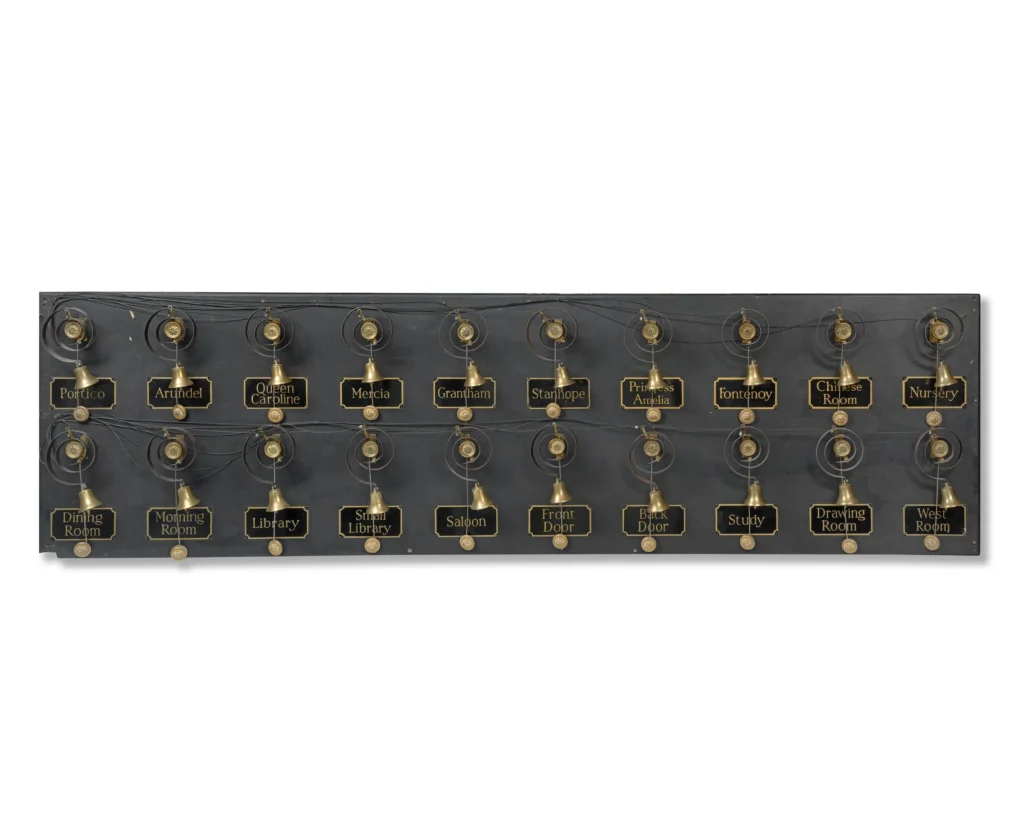
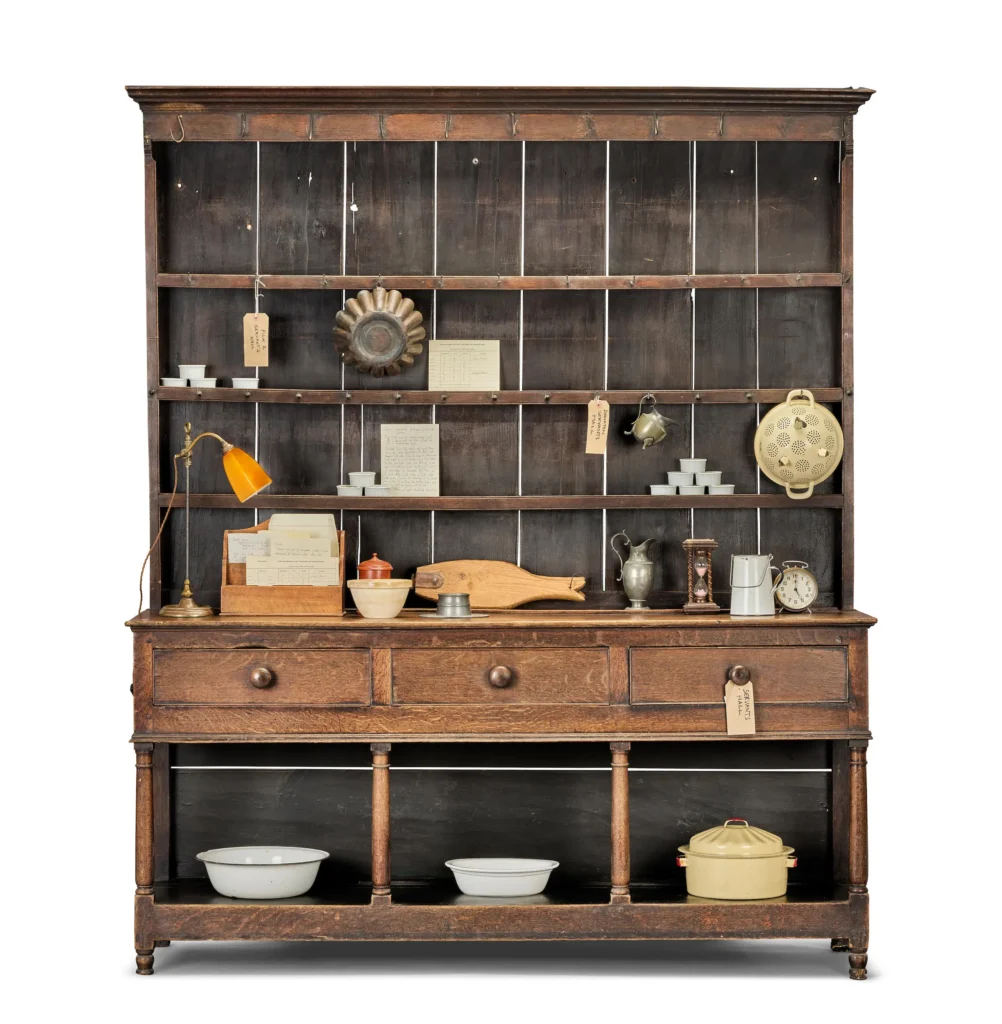
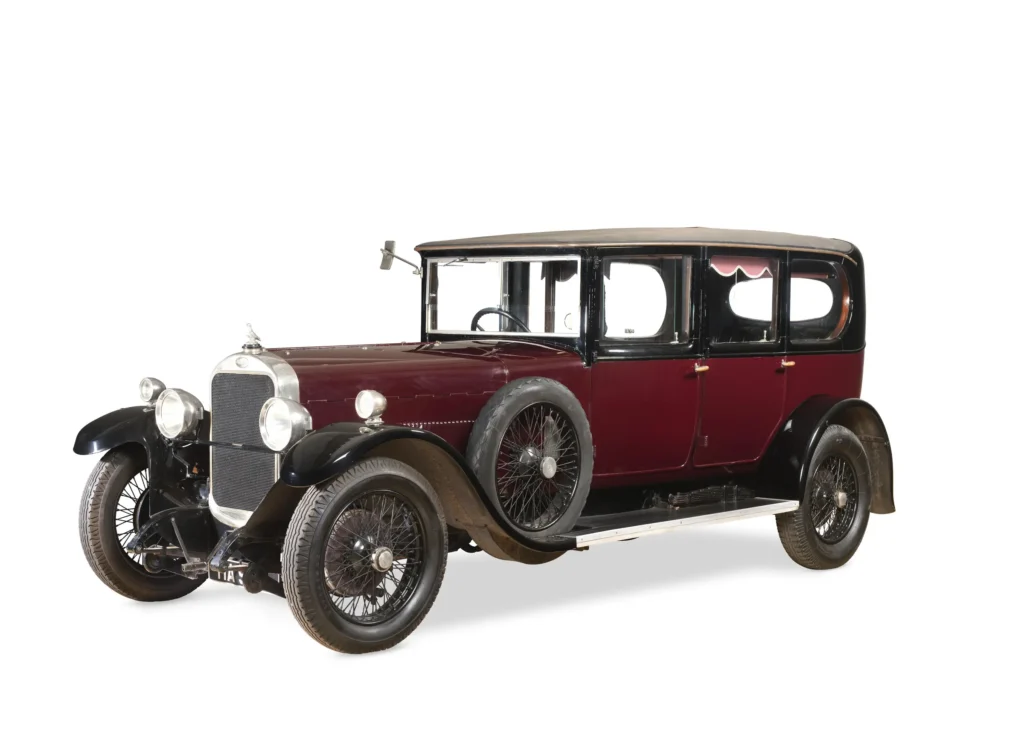
Enough to recall the highlights of the series. A free exhibition is open to the public until September 16 in the Bonhams auction house in London.
Read also : Winter Palace, the series that makes the Swiss hotel industry shine
Featured photo : © Independent Television ITV




